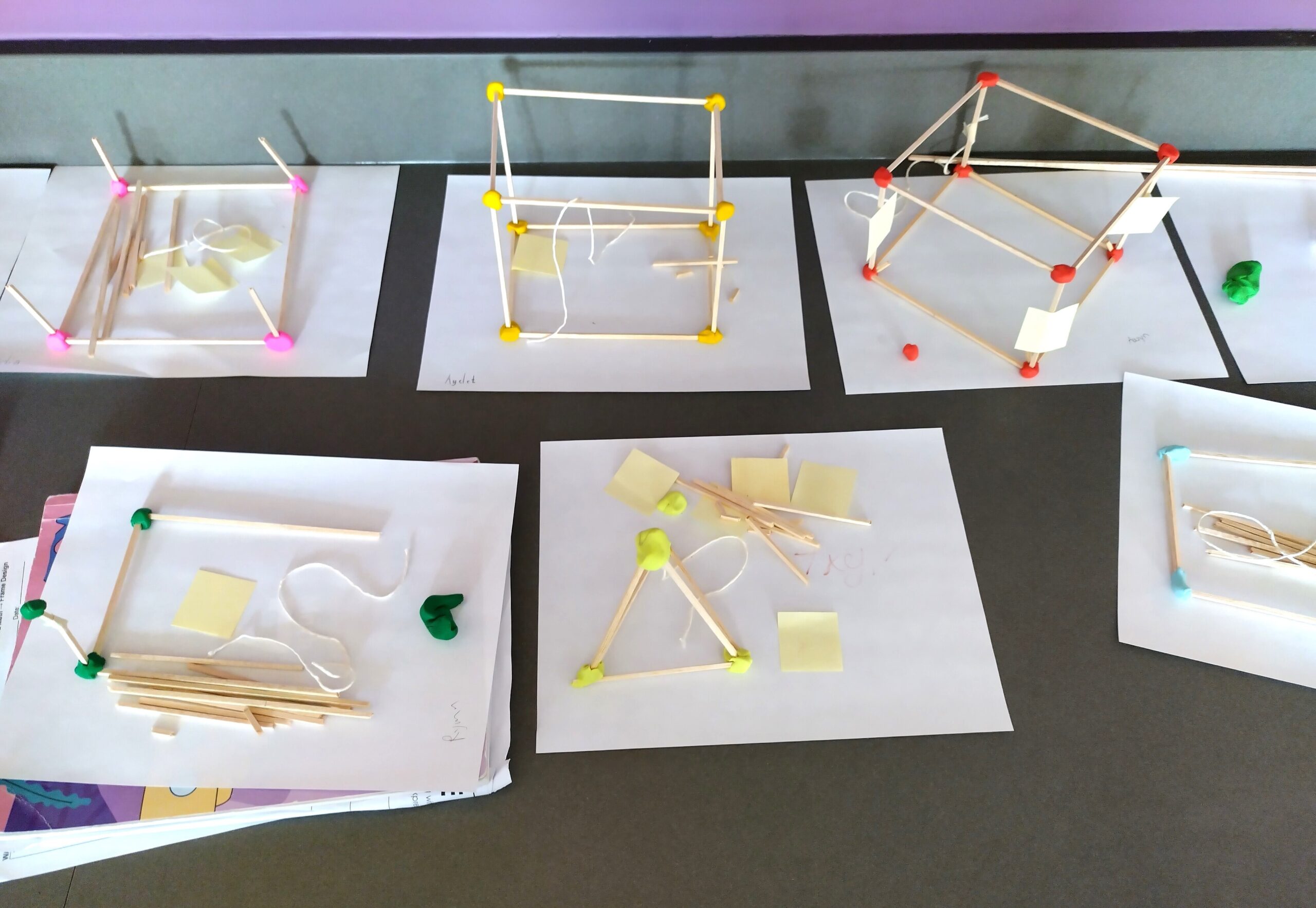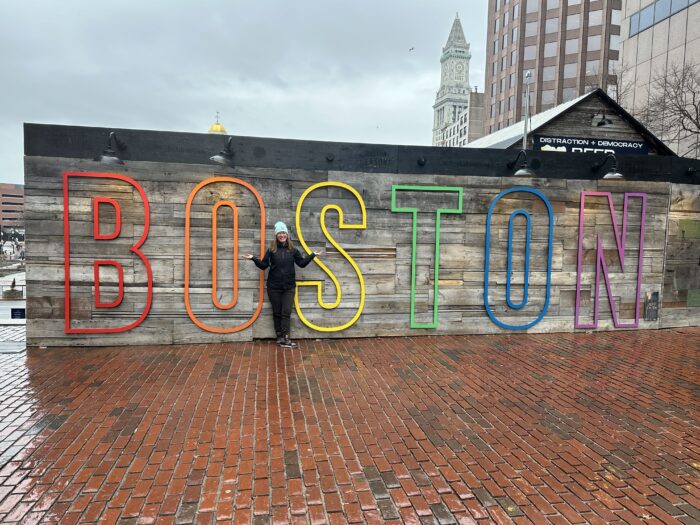
Building Community, Lasting Connections
One of the pillars of Project ROVe, a marine technology program for educators, is building community and creating a network of support between teachers, students, and experts in the field. From 2022-2024, there have been three program cohorts, totaling 39 educators from across the country, spanning multiple grade levels and content areas. Sharing the expertise and experience of this diverse group of teachers is fundamental to building a confident, robust, and successful community.

Outside of the courses, one way we continue to build community is through events such as the virtual, all-cohort mixer, which takes place twice a year. The mixer allows educators who have participated in or are currently participating in Project ROVe to come together in an online event centered on using marine technology in the classroom. Our most recent mixer took place in April 2024, where members from the three Project ROVe cohorts came together to share their experiences, resources, discuss questions, and share opportunities.

Two teachers. Two projects. Thousands of miles apart.

In Spring 2023, Brandy Hill (TAS, 2018), from the inaugural cohort, built 16 ROVs with 60 of her 6th grade students for the first time, and picked up a few tips and tricks along the way. Her project was funded through a grant from the Teacher at Sea Alumni Association (TASAA) and the National Marine Sanctuary Foundation. Brandy also took a team of 4 students to compete at the regional MATE ROV Competition in Portland, Oregon. This school year, Brandy engaged a new batch of 6th graders in an ROV project and recruited some of her returning 7th graders as mentors. She will also bring two teams to compete at the MATE ROV regional competition.
Meanwhile, on the other side of the country, Vickie Cavanaugh (TAS, 2018), from Project ROVe Cohort 2, planned to build ROVs with 80 of her 7th grade students in Spring 2024, weaving the build into a project to address the climate crisis in the greater Boston area. Vickie was also awarded funding to support her project through TASAA and the National Marine Sanctuary Foundation. With funding secured, Vickie needed some guidance on how to implement the project in all her classes and wanted to speak with someone who had experience.
Though both Brandy and Vickie sailed in 2018 with the NOAA Teacher at Sea program, they sailed on different NOAA ships in vastly different geographic areas and hadn’t crossed paths until a recent cohort mixer. This was a perfect opportunity for these two innovative teachers to connect and support each other through their classroom builds by sharing online resources and best practices for the more challenging parts of the build. Additionally, Brandy’s successful classroom implementation in 2023 was a great proof of concept for Vickie. Andrea Schmuttermair, ROV Education Coordinator, was able to visit both teachers and help their projects come to life in the classroom. She spent a week in Brookline, MA this spring, working with Vickie’s 7th grade students to build ROV frames, put together control boxes, and share about our National Marine Sanctuary system, including local Stellwagen Bank.
Portland, OR
Boston, MA


Boston, MA
Boston, MA

The Value of Sharing Knowledge
When teachers delve into incorporating marine technology in the classroom, it can be overwhelming. Many teachers don’t have the technology background necessary to feel confident to bring hands-on technology projects to their students. Once they acquire these skills through Project ROVe courses, it’s even more important for them to communicate and collaborate with other teachers to learn what real-world classroom implementation looks like and to problem solve how to do it with a classroom full of students.
Opportunities to create and build connections, through Project ROVe, reach far beyond any single event, and their impacts have a ripple effect throughout our educator community and their classrooms.
Photo credits: Project ROVe, Ryan Hawk, Vickie Cavanaugh, Andrea Schmuttermair
